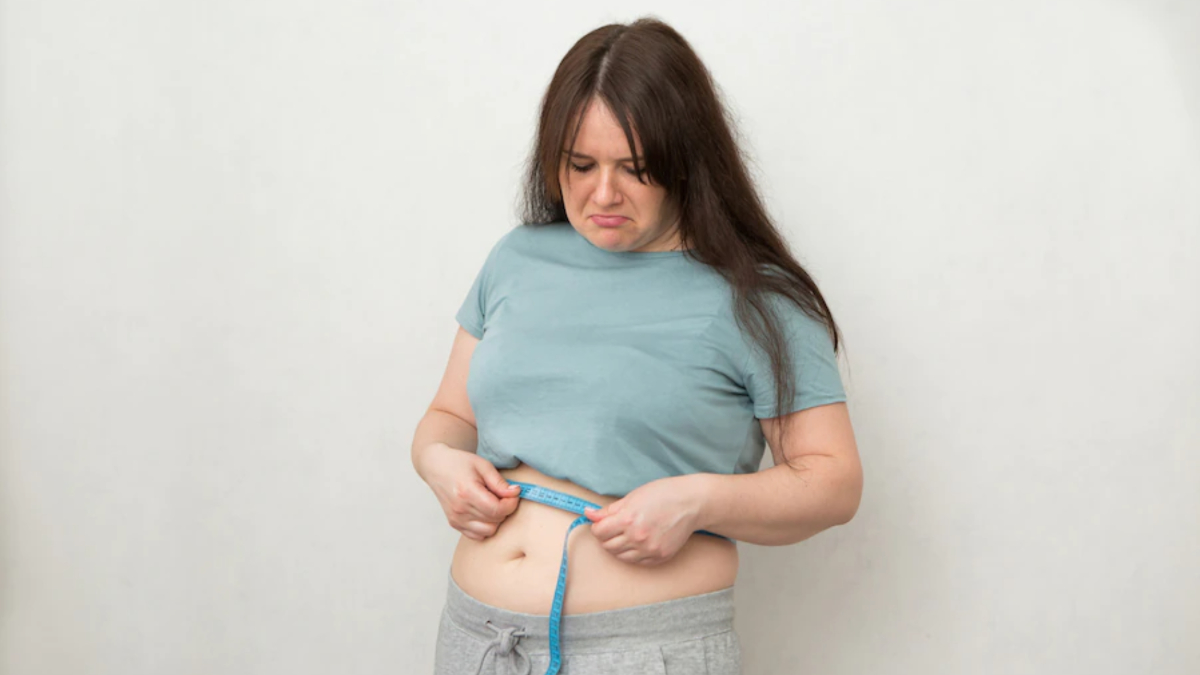- By Prerna Targhotra
- Tue, 03 Jan 2023 07:52 AM (IST)
- Source:JND
THE FAT accumulated in the pubic area or FUPA is quite common in both men and women. Healthline defines FUPA (fat upper pubic area) as the excess fat over the area right between your hips and above your pubic bone. Numerous factors such as childbirth, genetics, ageing, rapid weight loss, and pregnancy can lead to fat accumulation in this part of the body. This condition is also known as 'Panniculus'.
Moreover, losing fat in this upper pubic area tends to be more challenging than any other part of the body. However, by opting for a healthy lifestyle and practising yoga daily, you can lose the excess fat accumulated in the upper pubic area. Look below for some effective exercises for the same as per Healthline.
1. Forearm Plank
Forearm plank is an effective exercise that helps in strengthening your abs, legs, shoulders and hamstrings. It is a static core exercise similar to holding push-ups, elbows and hands.
How To Do:
2. Bicycle Crunches
The American Council on exercise deemed bicycle crunch as the number one exercise for strengthening the rectus abdominis. A bicycle crunch involves various traditional crunches. In this exercise, you are required to move your body more, by engaging the muscle groups.
How To Do:
3. Leg Raises
Leg raises is an exercise workout that is beneficial for the whole body including rectus abdominis, hamstrings, lower back muscles and hip flexor muscles. It is a strength training exercise which targets iliopsoas (the anterior hip flexors). Leg muscles help in tightening the inner abdominal muscles and build core strength.
How To Do:
4. Rollups
Rollups are simple methods to make a slow back chain faster and cheaper. It is a classic pilates mat exercise that you can practise at your home. It tightens your core muscles and reduces fat accumulation.
How To Do:
5. Burpees
It is a callisthenics exercise which is practised for body weight resistance. It is a combination of a squat thrust and a squat jump, sometimes a push-up also.
How To Do:
(Disclaimer: This article is for informational purposes only. It is not a substitute for professional advice, diagnosis or treatment.)

